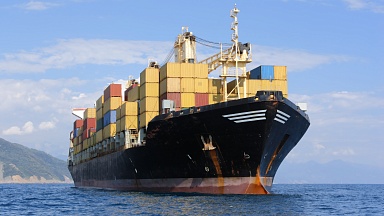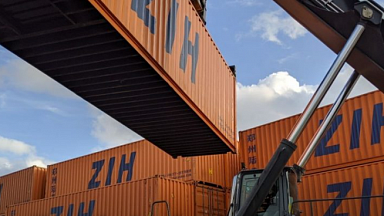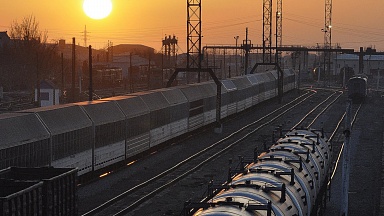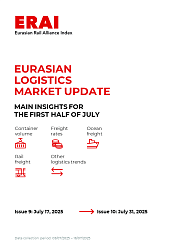The largest inland terminal in the Netherlands covers an area of 28 hectares in total, including eight tracks of nine hundred meters. About eight years of planning and consultation preceded. Actual construction started in March, and has resulted in the first 15 hectares. With the construction of the other 13 hectares, CEO Hans Cabooter hopes to start before the end of the year. The first part of the terminal will be operational in September 2020.
More than 20 million
More than twenty million euros have been invested in the project by Cabooter Group. In the meanwhile, the surrounding infrastructure has been upgraded. Eleven kilometers of track have been constructed for a total of 50 million euros. This was collected by the national government, the province of Limburg and the municipalities of Venlo and Horst aan de Maas.
Councilor for Economy, Labor Market and Higher Education Erwin Boom underlined the importance of this terminal for the entire region. Governments would like less and less cargo to be transported by road and more and more by inland shipping, or in the case of the new terminal, by rail. Venlo increasingly profiles itself as an important logistics hub.
600,000 TEU per year
The idea of a new, large terminal in the south of the Netherlands came as the government wanted to relieve pressure on the road network around Rotterdam, which could hinder the growth of the port. Cabooter wanted a new terminal because it was reaching its limits at its current locations in Blerick, Venlo and Kaldenkirchen in Germany.
The new facility is not a replacement for one or more of the company’s existing terminals, but is intended as an extension to cope with the expected growth in demand. The terminal will have a maximum capacity of 600,000 TEU per year for containers, trailers and swap bodies.
Connections
In addition to a connection with Rotterdam, the company also looks to the south of Europe, for example Italy, and to the north, especially Scandinavia. But Cabooter also has its eye on eastern Europe, through a connection with the Hungarian capital Budapest, and the Far East.
For example, the company has a terminal in Baku, the capital of Azerbaijan. This should become an important hub for transport to and from China, in particular, via the New Silk Road. Cabooter then explicitly thinks of cargo from the e-commerce sector.





